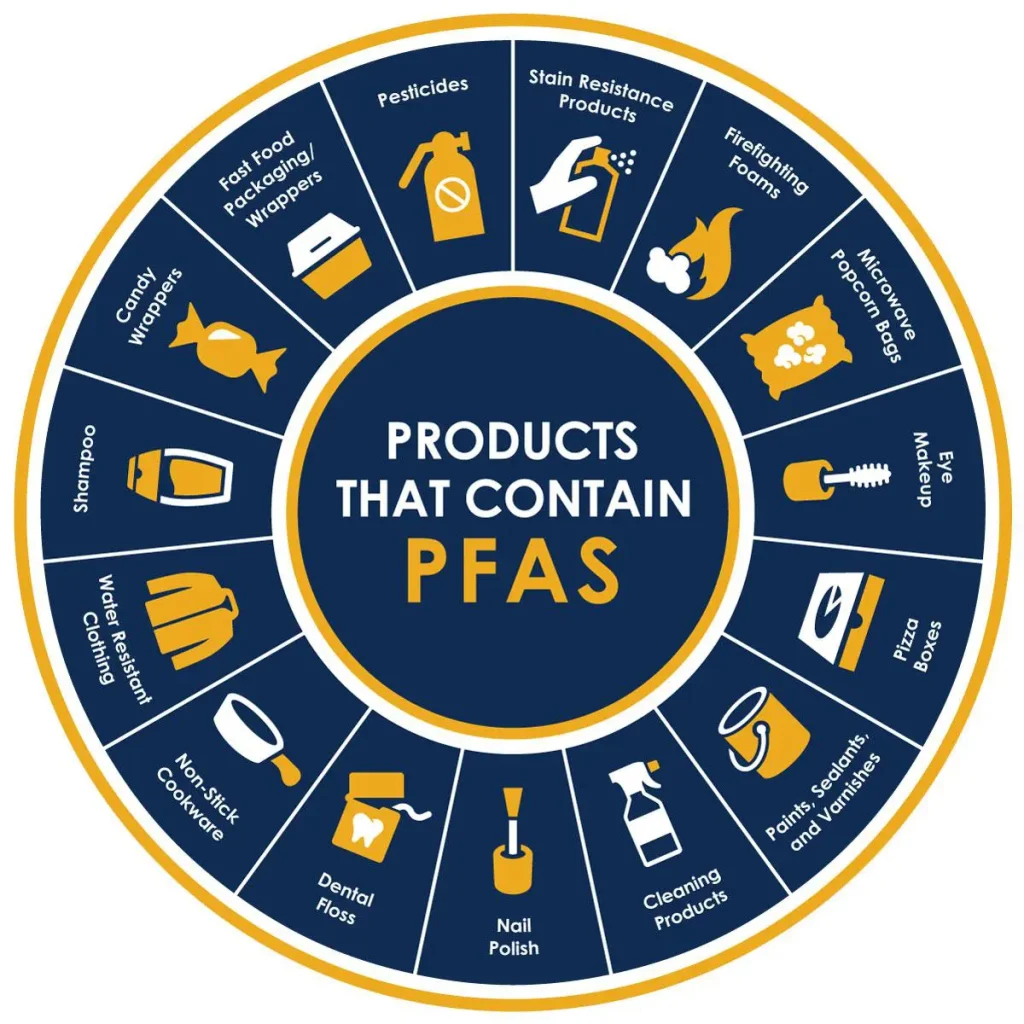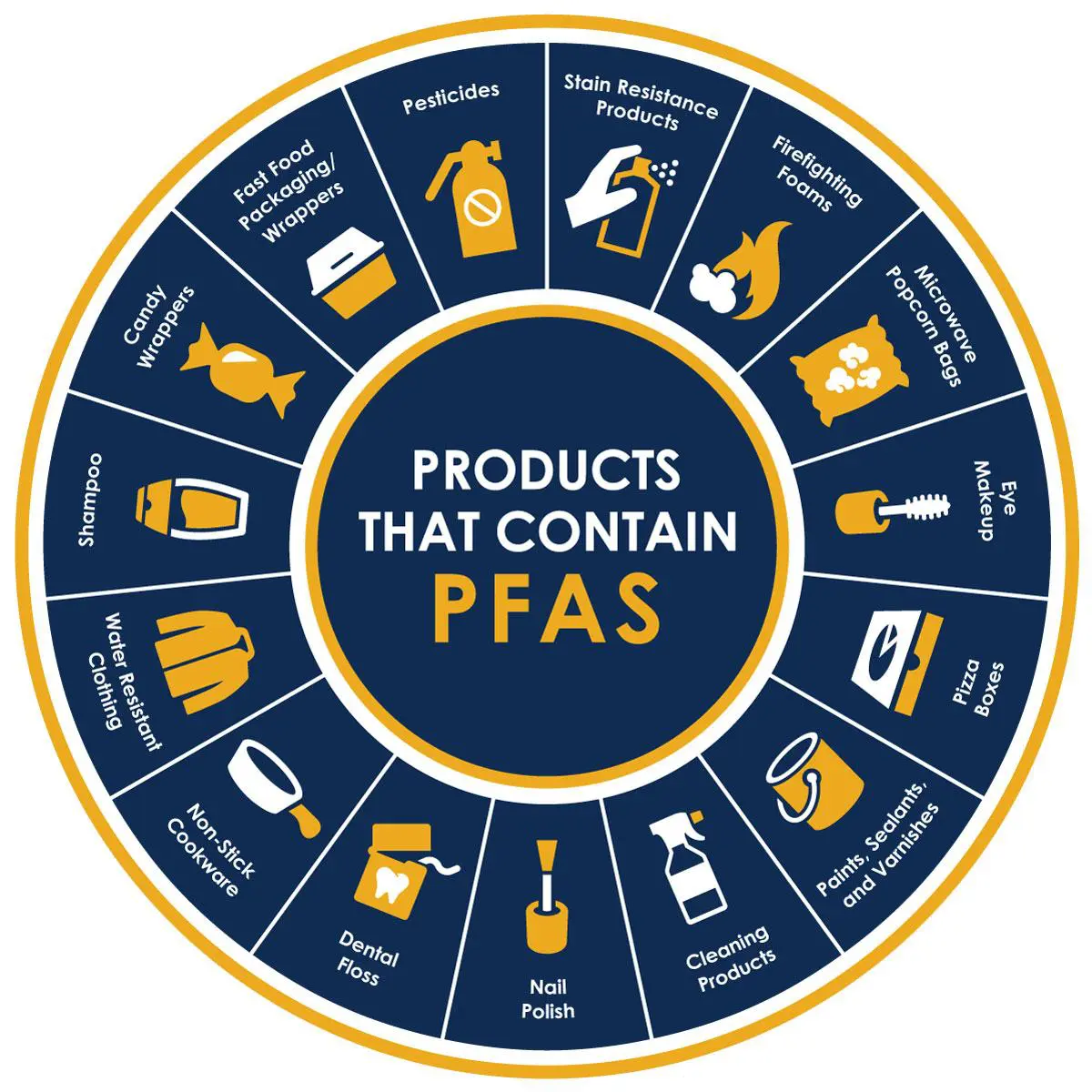Analysis Of Court Decisions In PFAS Litigation
August 27, 2024 by Susan MohrTimeline Of Events In PFAS Litigation
The timeline of events in PFAS litigation reflects a growing awareness and response to these chemicals’ environmental and health impacts. Initial studies linking PFAS to adverse health effects emerged in the early 2000s, prompting community concerns. By 2015, lawsuits began to surface as affected parties sought accountability from manufacturers. Significant rulings occurred in subsequent years, with courts increasingly allowing cases to proceed based on emerging scientific evidence.
In 2020, landmark decisions highlighted companies’ liability for contamination, while regulatory agencies intensified their efforts to establish safety standards. As litigation evolves, it underscores the interplay between science, law, and public health advocacy surrounding PFAS exposure.

Legal Precedents Set By Court Decisions
The analysis of court decisions in PFAS litigation reveals significant legal precedents that shape future cases. Courts have increasingly recognized the potential liability of manufacturers for environmental contamination, establishing a framework for holding companies accountable under various legal theories, including negligence and strict liability. Notably, rulings have affirmed the admissibility of scientific evidence linking PFAS exposure to health risks, strengthening plaintiffs’ positions.
Additionally, decisions regarding jurisdiction and the interpretation of state laws on hazardous substances have clarified procedural pathways for filing lawsuits. These precedents influence ongoing litigation and signal a broader judicial willingness to address emerging environmental concerns through established legal principles.
Analysis Of Environmental Impact In PFAS Cases
The environmental impact analysis in PFAS litigation reveals significant concerns regarding the pervasive contamination caused by per- and polyfluoroalkyl substances. Courts increasingly assess the immediate harm to human health and the long-term ecological consequences. This includes evaluating how PFAS accumulation affects soil, water sources, and biodiversity. The litigation often highlights the failure of manufacturers to adequately disclose risks or manage waste, leading to widespread environmental degradation.
As courts navigate these complex cases, they consider expert testimony on remediation costs and the efficacy of cleanup efforts, underscoring the necessity for comprehensive regulatory frameworks to address both present and future environmental impacts associated with PFAS exposure.
Key Contaminated Sites Involved In Litigation
In analyzing court decisions surrounding PFAS litigation, several key contaminated sites have emerged as focal points. Notable among them are military bases, where firefighting foams containing per- and polyfluoroalkyl substances (PFAS) were routinely used, leading to widespread groundwater contamination. Additionally, industrial facilities that produced or utilized PFAS have been implicated, contributing to significant environmental damage and health risks for nearby communities.
Municipal landfills also represent critical sites of concern due to the leaching of these persistent chemicals into local water sources. The legal proceedings at these locations underscore the complexities of holding those responsible for pollution accountable while addressing the health implications affected populations face.
Overview Of Legal Proceedings In PFAS Cases
The legal proceedings in PFAS litigation have emerged as a complex arena, reflecting the growing concerns over these persistent environmental contaminants. Plaintiffs, municipalities, and individuals have initiated lawsuits against manufacturers for alleged health risks and environmental damage linked to per- and polyfluoroalkyl substances (PFAS). These cases often involve claims of negligence, product liability, and violations of environmental regulations. Courts grapple with scientific uncertainties surrounding PFAS exposure, making the adjudication process intricate.
Moreover, evolving regulatory frameworks and increasing public awareness influence the litigation landscape. As more evidence surfaces regarding PFAS’s harmful effects, these legal battles will likely shape policy responses and corporate accountability in the coming years.
Recent Court Decisions In PFAS Litigation
Recent court decisions in PFAS litigation have underscored the growing legal scrutiny surrounding per- and polyfluoroalkyl substances. Courts are increasingly grappling with complex issues, such as the extent of liability for manufacturers and the adequacy of environmental regulations. Judges have allowed claims based on alleged health impacts and environmental contamination in several notable cases, reflecting a broader recognition of PFAS risks.
Some rulings have also emphasized the need for robust scientific evidence linking exposure to specific health outcomes. As litigation evolves, these decisions may shape future regulatory frameworks and influence how companies address PFAS-related challenges in legal and public health contexts.
Implications Of Court Rulings On Future Cases
The implications of court rulings in PFAS litigation extend beyond individual cases, shaping the landscape for future legal actions. As courts grapple with the complexities of these persistent chemicals, their decisions may establish critical precedents regarding liability and regulatory standards. Rulings affirming manufacturers’ accountability could encourage more plaintiffs to pursue claims, potentially leading to a surge in litigation.
Conversely, decisions favoring defendants might deter future lawsuits or prompt legislative changes to protect industry interests. Ultimately, these court outcomes will influence not only the strategies employed by attorneys but also public perception and regulatory approaches to PFAS management in various jurisdictions.
Trends And Developments In PFAS Litigation
Recent developments in PFAS litigation reveal a growing trend toward increased accountability for manufacturers and regulators. Courts are increasingly allowing cases to proceed, reflecting heightened public concern over the environmental and health impacts of per- and polyfluoroalkyl substances. Plaintiffs are successfully arguing that companies failed to disclose risks associated with PFAS, leading to significant rulings favoring individuals and municipalities seeking damages.
Additionally, jurisdictions are beginning to adopt stricter regulatory frameworks, influencing court decisions by establishing more precise standards for liability. This evolving landscape indicates a shift towards a more rigorous examination of corporate practices surrounding chemical safety, signaling a potential turning point in how PFAS-related cases are adjudicated.
Factors Influencing Judges’ Decisions In PFAS Cases
Judges’ decisions in PFAS litigation are influenced by myriad factors that encompass legal and scientific considerations. The complexity of the science surrounding per- and polyfluoroalkyl substances often necessitates expert testimony, which can shape judicial understanding and interpretation of evidence. Additionally, the prevailing legal standards for causation and liability play a critical role; judges must navigate established precedents while considering the evolving regulatory landscape regarding PFAS.
Public sentiment, environmental concerns, and the potential socio-economic impacts of their rulings further complicate their decisions. Ultimately, judges strive to balance legal principles with the broader implications of their public health and safety judgments.
Challenges Faced By Plaintiffs In PFAS Litigation
In PFAS litigation, plaintiffs encounter significant challenges that complicate their pursuit of justice. One major hurdle is the complexity of establishing a direct causal link between PFAS exposure and specific health issues, given the long latency periods associated with many diseases. Defendants often leverage extensive scientific research to dispute claims, arguing that the evidence linking PFAS to health risks is inconclusive or insufficiently robust.
The high costs associated with expert testimony and prolonged litigation can also deter plaintiffs, particularly those from economically disadvantaged backgrounds. Moreover, varying state laws regarding liability and damages create an inconsistent legal landscape, further complicating efforts to achieve successful outcomes in these cases.
Role Of Expert Witnesses In Court Decisions On PFAS
In PFAS litigation, expert witnesses play a crucial role in shaping court decisions. These specialists provide scientific insights into the properties and health impacts of per- and polyfluoroalkyl substances (PFAS), helping judges and juries understand complex environmental and toxicological issues. Their testimony often includes data on exposure pathways, risk assessments, and the long-term effects of PFAS contamination on human health and ecosystems.
By translating intricate research into accessible language, expert witnesses bridge the gap between science and law, significantly influencing case outcomes. Their credibility can sway judicial perspectives on liability, causation, and damages, thereby underscoring the importance of expert contributions in these significant legal battles.
Mohr Marketing is currently running PFAS campaigns. Get started before your competitors do … We can only onboard a certain number of clients.
CONTACT US FOR A QUOTE. CALL 866-695-9058 OR USE OUR REQUEST A QUOTE FORM.
Susan Mohr
Mohr Marketing, LLC
CEO and Founder


Recent Posts
- Why Mass Tort Firms Must Own Their Lead Generation
- Stop Buying “Black Box” Leads. It’s Time for a Glass Pipeline.
- New “Joint Advertising & Compliance Program”
Categories
- AI and Lead Generation
- Business Financing
- Call Verified MVA Leads
- Car Accident Help
- Car Accident Settlements
- Claimant Funding
- Compliance Program
- Geotargeting
- Google Maps Ranking
- Healthcare Practice Growth
- Law Firm Growth
- Law Office Operations
- Lead Generation
- Lead Generation For Attorneys
- Lead Generation For Chiropractors
- Lead Generation For Criminal Attorneys
- Lead Generation For D&A Treatment Centers
- Lead Generation For DUI Attorneys
- Lead Generation For Eye Doctors
- Lead Generation For Family Law Practices
- Lead Generation For PI Law Firms
- Lead Generation For Plastic Surgeons
- Leads For Healthcare Professionals
- Leads For Insurance Industry
- Legal Leads
- Legal Marketing
- Legal Updates
- Mass Tort Leads
- Medicare and Medicaid Leads
- Merchant Funding Leads
- Online Marketing Strategies
- Pre-Settlement Funding
- Signed MVA Cases
- Tort Updates
- Truck Accident Settlements
- Web Design
Archives
Copyright © 1994-2025 Mohr Marketing, LLC. All Rights Reserved.


